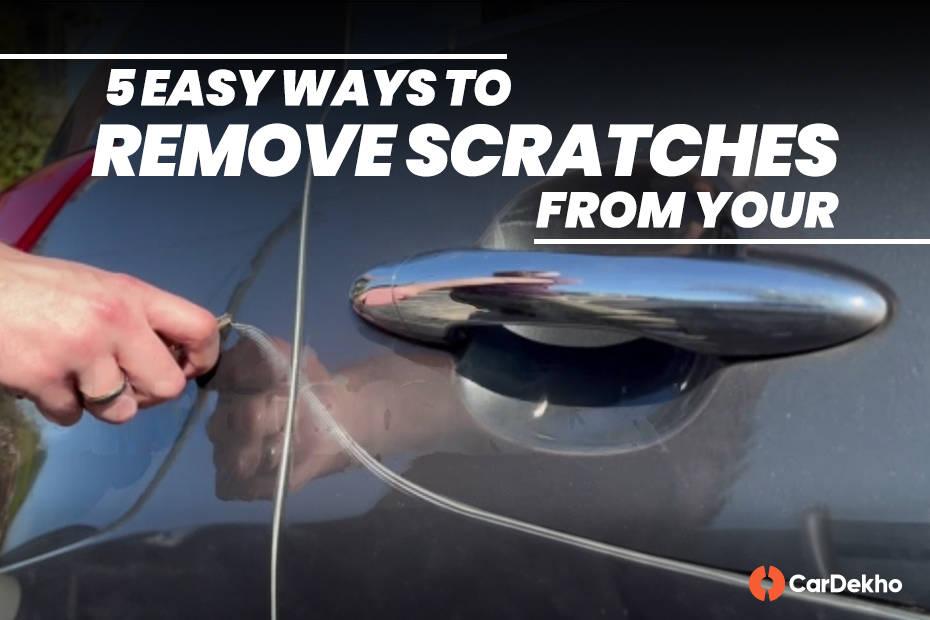6 Car Tyre Care Tips
Modified On Apr 30, 2015 03:25 PM By Abhijeet
- Write a comment

Tyres are the feet of a vehicle, your car may have massive horsepower or the best fuel efficiency around but to maintain the best of these you need to take care of your tyre. It is the only contact of your car to the ground and hence is very vital. Both on the safety perspective and on the performance point of view. The following tips will help you maintain your car tyre’s health at its best and save you from compromising on your safety.
Tyre Pressure

It is the most basic sort of negligence that is seen among drivers. As there is no non-technical way of finding it out such loss until there is a huge drop in pressure and the tyre looks really deflated. The drop in pressure can decide the amount of grip you are going to get and also the fuel efficiency the vehicle will give.
The main causes of air loss could be natural loses through the small perforations in tyre or the sealing walls near the inner wheel or even due to the drop in pressure.

To minimize this, one can regularly get the air pressure checked and revitalized from their tyre expert/dealer. Otherwise, one may opt for nitrogen charging which will help it retain the pressure for long as nitrogen gas molecules are much bigger in size compared to normal air.
Balancing

A bad balance of the wheel causes non uniform wear that in turn robs the default handling and dynamics of the car. A timely balanced wheel will result in a vibration free drive. While one should regularly, in every 5 months, get the balance checks, especially when he is replacing it with a new tyre.
Alignment

The frequency by which you can come across bad roads in our country is just overwhelming and is among the chief causes of misalignment of wheels. This can lead to rapid, premature and non-uniform wear of tyres leading to bad handling cars. Now, to cope and keep the alignment well in shape always get it checked and rectified on intervals. Especially, if the car has done a long speedy highway run, encountering potholes and undulations.
Tyre Wear and Depth

Each manufacturer marks their tyre with the ‘tread wear indicator’ that helps you to regularly monitor the wear of your tyre. It is usually placed on the side wall pointing outward and as the tread depth reaches the arrow head it indicates that the tyre needs to be replaced. Otherwise, there are little bridges in between tread grooves that sit lower than the new tread. Over time as wear occurs the tread eventually equals the bridge height indicating replacement time.
It is very important to have a proper tread as the groves help in dispersing water in wet conditions, reducing the risk of hydroplaning.
Contact Patch

Contact patch is the surface of tyre in contact with the road and is responsible for the control and handling of your car. It takes steering response and transfer it to the road, provides traction, takes up road bumps, carry the weight of the car and disperses water. So if you choose different tyre than manufacturer’s recommended, let’s say in your SUV, choose the ones that will serve you best. For example, you can go for A/T (All-terrain tyres) tyres or M/T (Mud-only/ off-road only). But, the former will serve you better as it will perform better on-road than the M/Ts who will only work well off-road.
Service Life

Every tyre has a service life but it can’t be predicted and in such case it is always recommended to get it regularly checked by specialist. Moreover, it is not necessary for a tyre to remain in good shape even if it is not driven the distance it is expected to do in a defined period, say 5 years. Because, as tyres are rubber compounds, over the time they could generate tiny cracks which are caused due to prolonged parking of the car, usually under sun. Such tyre could lead to some unexpected surprises if the vehicle is subjected to high speed maneuvers.
These are some of the efforts that will keep your tyre work at its best and the periodic checking will give you peace of mind while you ride out.












